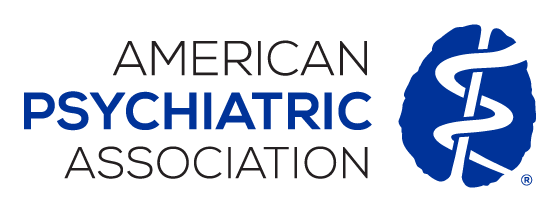
Nearly half of individuals who develop catatonia—a neuropsychiatric syndrome marked by abnormal speech and movements—will experience a relapse within a few years, according to a study published yesterday in JAMA Psychiatry. Providing antipsychotics at discharge can reduce relapse risk.
“Notably, the underlying psychiatric diagnosis (psychotic vs affective disorder) and baseline sociodemographic or clinical factors were not associated with meaningful differences in relapse rates … reinforcing catatonia as a distinct syndrome,” wrote Harsh Pathak, M.D., at the National Institute of Mental Health & Neuro Sciences in Bengaluru, India, and colleagues.
The researchers examined medical records of 303 patients who were treated for catatonia at a neuropsychiatric center in India between January 2014 and December 2017 and came back for at least one follow-up visit by December 2020. Of this group, 191 patients had an underlying psychosis spectrum disorder, while 112 had an affective disorder.
Overall, 48.8% of the patients experienced catatonia relapse, with most events occurring within the first two years after the initial episode. The only baseline difference between patients who relapsed and those who didn’t was that those who relapsed had a longer first episode of their underlying psychiatric illness (average of 109 versus 53 days). Other clinical or demographic factors, including patient age, psychiatric illness type, and history of catatonia, were similar between groups.
With regard to treatment protocols, the researchers found that patients who received an antipsychotic prescription at discharge had a 41% reduced risk of relapse compared with those who did not; this reduced risk was present in patients with or without a prior history of catatonia. There was also some indication that providing inpatient acute treatment rather than outpatient treatment could reduce relapse risk.
The findings emphasize “the need for early maintenance treatment and the recurrent nature of catatonia,” Pathak and colleagues wrote. “While lorazepam remains effective for acute episodes, antipsychotics may play a key role in relapse prevention. While the study focused on delineating whether factors at baseline could help estimate the risk of catatonia relapse, future research incorporating follow-up variables could further enhance understanding of catatonia’s long-term course.”
For related information, see the Psychiatric News article “Comprehensive Catatonia Guideline Released.”
(Image: University of Rochester Medical School)
Don't miss out! To learn about newly posted articles in Psychiatric News, please sign up here.






















